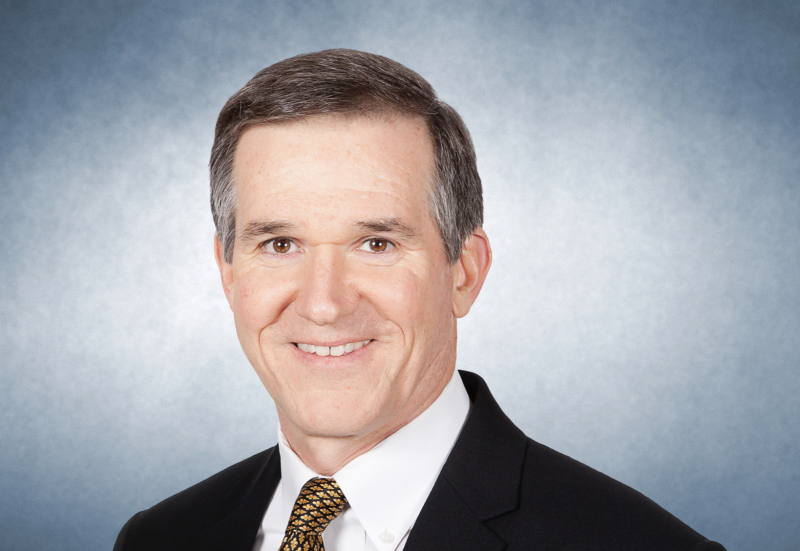- Chevron has admitted that the only commercial-scale carbon capture and storage (CCS) project in Australia has failed to reach its targets
- Terms of the project approval required Chevron to be capable of storing 80 per cent of the carbon dioxide it produces, around four million tonnes a year
- Chevron says it is poised to reach five million tonnes of Co2 injected from August 2019, lower than the intended four million tonnes a year
- The company has yet to release the full figures of its five-year report, but environmental groups are not impressed by the news
- Chevron Australia managing director Mark Hatfield says the time taken to safely start the system means Chevron has missed its injection requirements
Chevron has admitted that the only commercial-scale carbon capture and storage (CCS) project in Australia at its Gorgon LNG project has failed to fulfil its targets and that it would work with the WA regulator to make up for the shortfall.
The company conceded it would not be able to reach its projected injection rates, with the project collecting just a fraction of the Co2 predicted in its first five years of operation.
Chevron said it was poised to reach a “significant milestone” of injecting five million tonnes of Co2 from August 2019. However this is lower than the intended four million tonnes a year.
The Gorgon facility in Western Australia implemented its CCS system — the largest of its kind in the world — in August 2019. Terms of the project approval required Chevron to be capable of storing 80 per cent of the carbon dioxide it produces, around four million tonnes a year.
The Gorgon project opened in 2016, but the introduction of the CSS has been fraught with difficulties for the US gas giant.
CSS is the process of capturing carbon dioxide before it enters the atmosphere and storing it for centuries or even millennia.
The Gorgon system operates by pumping Co2 from offshore gas reserves into a massive sandstone deposit two kilometres beneath Barrow Island, where it remains trapped.
The company has yet to release the full figures of its five-year report, but environmental groups are not impressed by the news.
Sustainable Energy Now WA chairperson Ian Porter said the report would likely find Chevron had only captured 30 per cent of the carbon dioxide it promised.
“It’s a shocking failure of one of the world’s largest engineering projects,” he said.
“But, given the lack of rigour and testing around the technology that was used, I cannot say it is unexpected. Chevron needs to face significant fines and be forced to offset the more than six million tonnes of unauthorised legacy carbon dioxide releases.”
Climate Council senior researcher Tim Baxter called it an “expensive failure”.
“We are still waiting for Chevron to release the full figures, but we know from the company’s own admission that it has failed to meet its five year target,” he said.
“This result is no surprise. After decades of CCS research and billions of dollars of investment, there is little to show for it.”
Chevron Australia managing director Mark Hatfield said the time taken to safely start the system meant Chevron had missed its injection requirements.
“Like any pioneering endeavour, it takes time to optimise a new system to ensure it performs reliably over 40-plus years of operation,” he said.
“The road hasn’t always been smooth, but the challenges we’ve faced – and overcome – make it easier for those who aspire to reduce their emissions through CCS.
“We’re committed to sharing the lessons we’ve learned with state and federal governments, research institutes and other energy producers to assist the deployment of CCS in Australia.
“CCS is a proven technology which experts agree is critical to achieving a lower carbon future while ensuring access to affordable and reliable energy for billions around the world who rely on it.”
Mr Hatfield said Chevron was working with the WA regulator on making up the shortfall and would report publicly on that later in the year.

